Tibet, often referred to as the “Roof of the World,” is a region known for its breathtaking landscapes, ancient culture, and spiritual significance. Among its many wonders, Lhasa and Everest Base Camp stand out as iconic destinations that beckon adventurers and spiritual seekers alike. In this blog, we embark on a journey to discover the charm of Lhasa and the awe-inspiring heights of Everest Base Camp in Tibet.
Lhasa: The Heart of Tibet’s Spirituality and Culture Our adventure begins in Lhasa, the capital city of the Tibet Autonomous Region. Nestled in the Himalayas, Lhasa is a city that pulsates with the energy of Tibetan Buddhism, rich history, and unique cultural traditions.
Potala Palace: Our first stop is the iconic Potala Palace, a UNESCO World Heritage Site and former winter residence of the Dalai Lama. This grand palace, perched atop Marpo Ri Hill, offers a captivating glimpse into Tibetan history, art, and spirituality. The intricate murals, golden stupas, and sacred chapels create an atmosphere of profound reverence.
Jokhang Temple: Next, we visit the Jokhang Temple, considered the holiest shrine in Tibet. This 7th-century temple is a testament to Tibetan craftsmanship, with its impressive architectural details and the sacred Jowo Shakyamuni statue. Pilgrims from all corners of Tibet converge here to offer prayers and seek spiritual solace.
Barkhor Street: Our journey through Lhasa wouldn’t be complete without strolling down Barkhor Street. This bustling market encircles the Jokhang Temple and is lined with traditional Tibetan shops, where you can immerse yourself in the vibrant local culture. Don’t forget to try some yak butter tea and shop for colorful Tibetan artifacts.
Everest Base Camp Tibet: Reaching New Heights Leaving the spiritual heart of Tibet, we set our sights on the world’s highest peak—Mount Everest. The journey to Everest Base Camp in Tibet is an adventure that promises stunning vistas, challenging terrain, and an unparalleled sense of accomplishment.
Lhasa to Everest Base Camp: Embarking on a scenic drive from Lhasa, we traverse the Tibetan Plateau, passing through quaint villages and vast landscapes. The journey itself is a visual feast, offering glimpses of snow-capped peaks, pristine lakes, and nomadic yak herders.
Rongbuk Monastery: As we approach Everest Base Camp, we stop at Rongbuk Monastery, the highest monastery in the world. Perched at an altitude of over 16,000 feet, this ancient monastery offers panoramic views of Everest. The spiritual aura of Rongbuk, combined with the majestic backdrop, creates a surreal experience.
Everest Base Camp: Finally, we arrive at Everest Base Camp, situated at an elevation of 17,600 feet. The air may be thin, but the sense of achievement is overwhelming. Standing in the shadow of the world’s highest peak, surrounded by the stark beauty of the Himalayas, is an experience that words can scarcely capture.
Is this Lhasa & Everest Basecamp Tibet dangerous?
Trekking to Everest Base Camp in Tibet is undoubtedly a challenging adventure that comes with certain risks and difficulties. It’s essential for travelers to be aware of the potential dangers and take necessary precautions. Here are some aspects to consider regarding the potential risks associated with the trek:
- Altitude Sickness:
One of the primary concerns is altitude sickness, which can occur at high elevations. Symptoms may include headaches, nausea, dizziness, and difficulty breathing. It’s crucial to acclimatize properly by taking rest days, staying hydrated, and ascending gradually. - Harsh Weather Conditions:
The weather in the Himalayas can be unpredictable and severe. Cold temperatures, high winds, and sudden changes in weather can pose risks, especially at higher altitudes. Proper clothing and gear are essential to stay warm and protected. - Challenging Terrain:
The trek involves navigating through challenging terrains, including rocky paths, steep ascents, and uneven surfaces. Proper footwear and trekking poles can help mitigate the risk of slips and falls. - Remote Location:
Everest Base Camp is located in a remote area with limited access to medical facilities. In case of emergencies, evacuation can be difficult. Travelers should have comprehensive travel insurance that covers high-altitude trekking and evacuation. - Physical Fitness:
The trek requires a good level of physical fitness. Trekkers should be prepared for long hours of walking at high altitudes. Training before the trek can enhance endurance and reduce the risk of fatigue. - Permit and Regulations:
It’s essential to obtain the necessary permits for the trek. Additionally, travelers should be aware of and adhere to local regulations and guidelines to ensure their safety and the preservation of the environment. - Risk of Avalanches:
In certain seasons, there may be a risk of avalanches, particularly in the higher regions. Trekkers should stay informed about weather conditions and follow the guidance of experienced guides.
To minimize these risks, it’s advisable to undertake the trek with a reputable trekking agency that provides experienced guides, follows safety protocols, and has a track record of managing treks in the region. Adequate preparation, proper gear, and a realistic assessment of one’s physical condition are crucial for a safe and enjoyable trek to Everest Base Camp in Tibet.
Included and Excluded
- Tibet Travel Permit application service and mailing service within China
- Entrance tickets to listed attractions and activities
- Accommodation in star hotels with breakfast throughout the journey
- Transportation in a comfortable tourist vehicle with attentive and reliable driver service
- Excellent Tibetan English-speaking guide
- Farm house lunch, welcome dinner
- Travel accident insurance and High altitude sickness insurance
- On-board medical oxygen supply for travel in high-altitude areas
- Exquisite Tibetan gifts and travel map
- Shuttle service between Airport/Train station and Lhasa City
- International and domestic Transportation to and from Tibet
- Single room supplement for solo travelers who require single room
- Some Meal expenses not included in the Tour (the guide will assist in arranging and recommending meals; you
- are responsible for the cost)
Highlights of the Tour
- Before applying for the Tibet Travel Permit, please ensure that your passport has a validity period of at least 6
- months.
- When entering Tibet from Kathmandu, China visa needs to be processed in Kathmandu. Please do not apply in
- your home country in advance. If tourists previously had a long-term valid Chinese visa, it will be replaced with a
- 30-day valid group tourist visa when applying in Kathmandu.
- Only Chinese Yuan is accepted in Tibet. If you need Chinese Yuan, you can exchange it with US dollars locally or
- withdraw cash from ATMs.
- Office: J l . Pilang Setrayasa Barat V/7 Cirebon 45122 - West Java Indonesia
- Telp +62 231 208014, Mobile: +6281221582156/082120133396 Email: sales@sukajalanjalan.com. Website: www.sukajalanjalan.com. Instagram: Sukajalanjalans
- Our Tibet Office:
- 2-1, Phase 1, Jiacuo New Area, Beijing West Road Lhasa Tibet
- Maintain good health before entering Tibet and avoid catching a cold.
- When traveling on transportation to Tibet, both the airport and train station will check the Tibet Travel Permit.
- Please keep this official document safe and avoid writing or drawing on it.
- Before traveling to Tibet, please confirm that you have received the Tibet Travel Permit and check and verify
- your personal information.
- People with serious hypertension, heart disease, asthma, pregnant women, etc., are not recommended to travel
- to Tibet.
- If worried about altitude sickness after entering Tibet, you can take a moderate amount of Rhodiola oral liquid or
- capsules before entering.
- During the Tibet tour, you are required to travel with the group throughout the journey and cannot leave the
- group activities at will.
- Pack vitamins and regular medications in your luggage.
- When traveling at high altitudes, drink plenty of water, engage in slow-paced activities, and consume fruits and
- vitamin supplements.
- Avoid smoking and drinking alcohol when you are new to high altitudes.
Itinerary
Welcome to Tibet! Upon your arrival, our friendly guide and driver will warmly welcome you at the airport, presenting you with a traditional Tibetan white scarf called "Khata." With just a one-hour drive on the expressway (70 kilometers), the driver will take you to comfortable hotel in downtown Lhasa. After checking in at the hotel, take the time to rest and acclimatize to the altitude (3,650 meters), ensuring a good and healthy start to your journey on the plateau.
Today, you will explore two distinctive Monastery in Lhasa, Drepung and Sera, both offering a unique insight into Tibetan Buddhism. You will visit the Buddhist halls, Buddhist colleges, and the monks' kitchen, witnessing how they engage in special debates to study Buddhist teachings. Sera Monastery is renowned for its lively Buddhist debates, showcasing the essence of Tibetan Buddhism. Monks employ exaggerated body language, engaging in dance-like discussions about Buddhist philosophy, demonstrating their knowledge in a spirited manner. In the evening, the guide will accompany the group to a traditional Tibetan restaurant for a welcome dinner, marking the beginning of your journey in Tibet.
Today, let's explore into the treasures of Lhasa, the Potala Palace, the former residence of the Dalai Lama and acclaimed as the world's highest palace. The Jokhang Temple and Barkhor Street, the Center of Tibetan Faithboth, both designated UNESCO World Heritage Sites. The Potala Palace, towering majestically over the red hills in the center of Lhasa, was once the religious and political center of Tibet. As you climb the 365 steps to the main building, you'll explore the Dalai Lama's former political hall, the prayer halls, and the tomb stupa. Here, you'll encounter remarkable murals and exquisite Buddha statues, showcasing the accumulated wealth and treasures of ancient Tibet. The Jokhang Temple, revered for housing the 12-year-old statue of Shakyamuni, is considered the holiest site in Tibet and a lifelong pilgrimage destination for Tibetans. You can join the pilgrims to walk in Barkor street and experience the soul of the city. The guide will also accompany you to a local Tibetan teahouse, offering insight into the social culture.
Today is a leisure day entirely dedicated to you, surrounded by the breathtaking views of Yamdrok Lake in 360 degrees. In addition to enjoying the lake from various viewpoints, you can interact with the cattle and sheep along the lakeshore. We have prepared lunch for you by the lake, allowing you to freely savor the beauty and tranquility under the sun. You will visit a temple known as the world's loneliest monastery - Rituo Monastery, situated on a solitary island in Yamdrok Lake. With only one or two monks practicing in isolation, Rituo Monastery offers a unique perspective with its panoramic views of the azure lake. Finally, we will head to another viewpoint, Gangbala Viewpoint, to marvel at the panoramic scenery of Yamdrok Lake. Afterward, we return to Lhasa.
Your Tibet journey officially concludes today, and We will accompany you to the airport/train station. We appreciate to spend this wonderful time with us in Tibet. Wishing you a safe journey ahead!
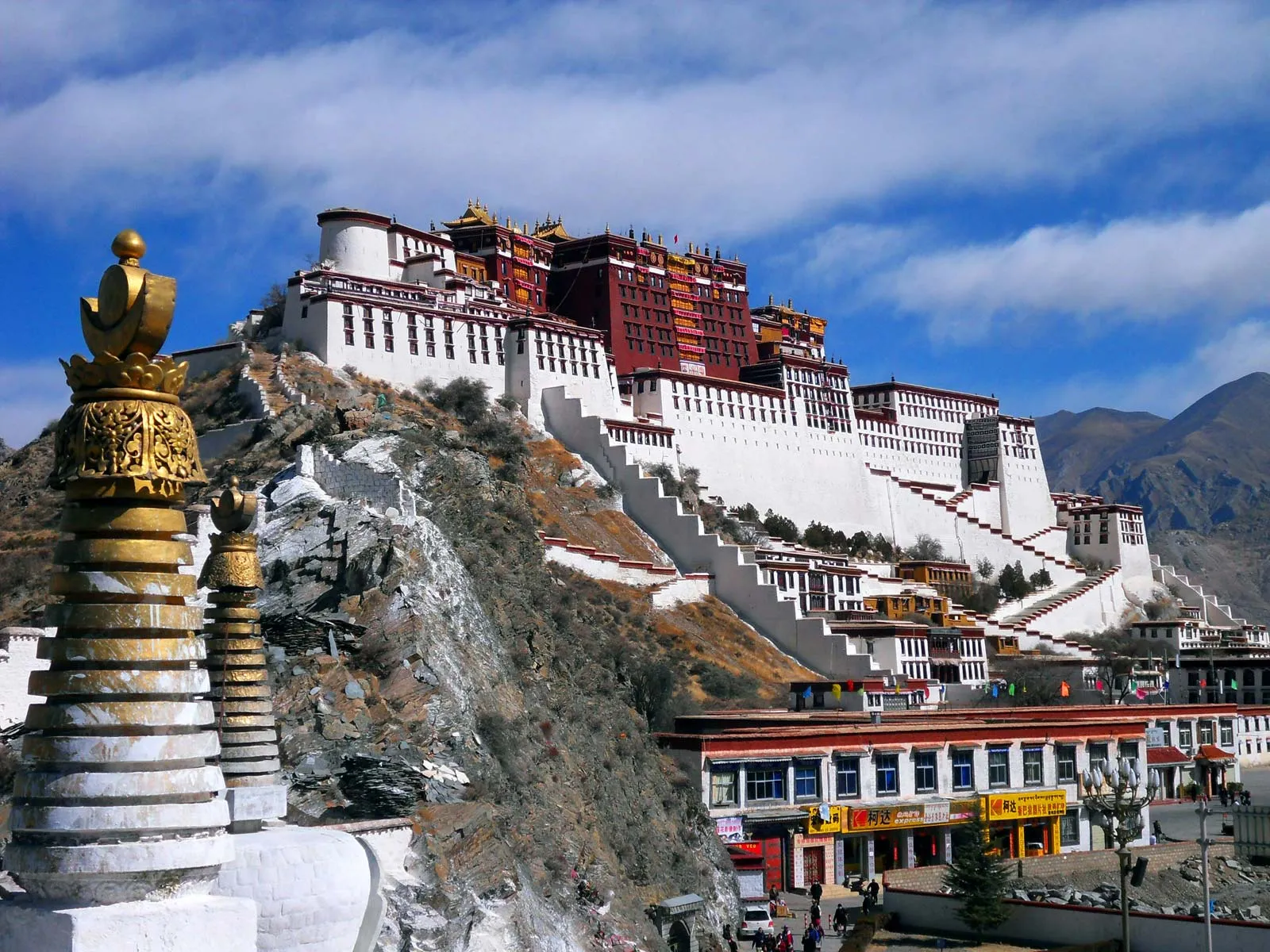
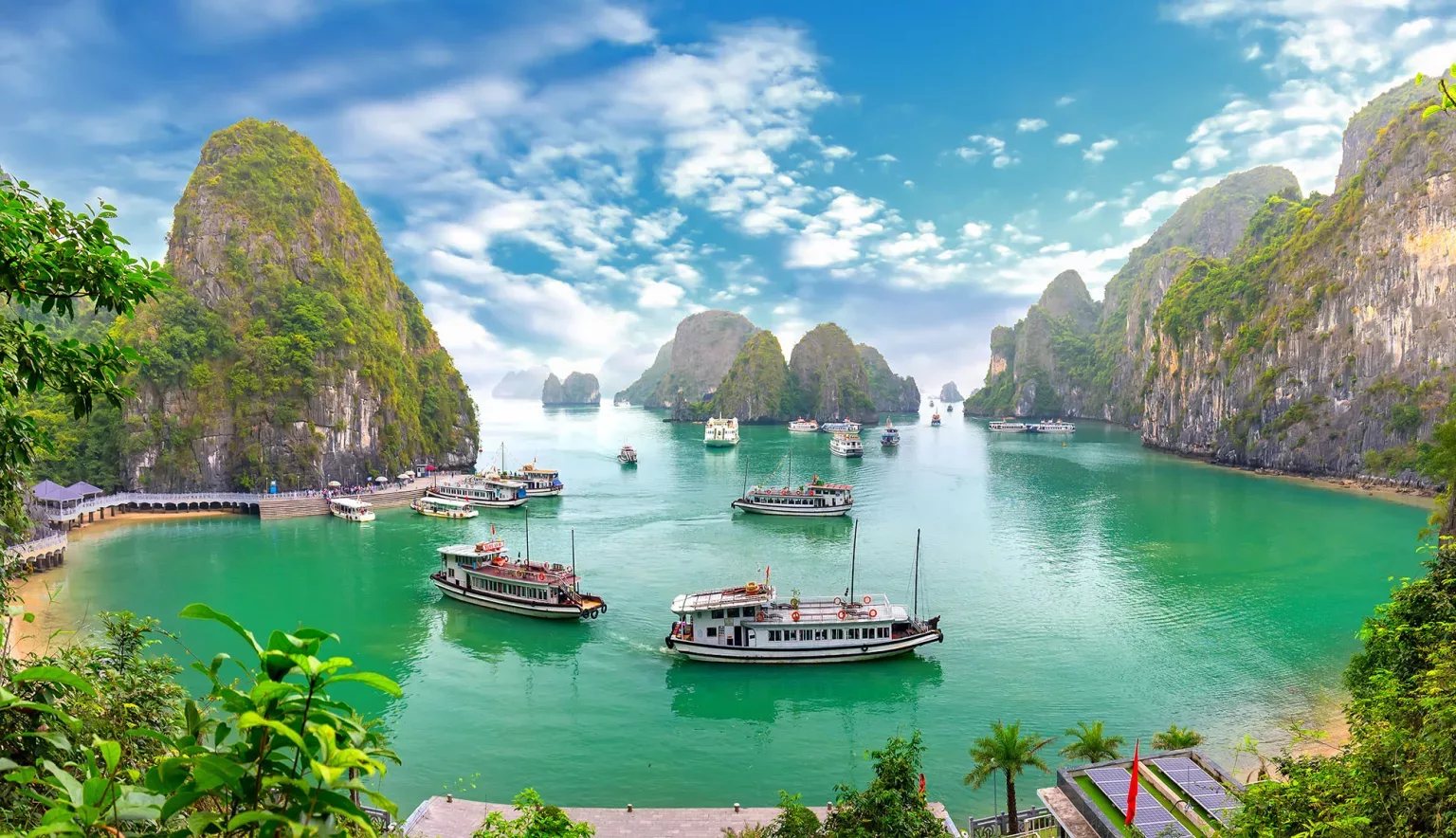
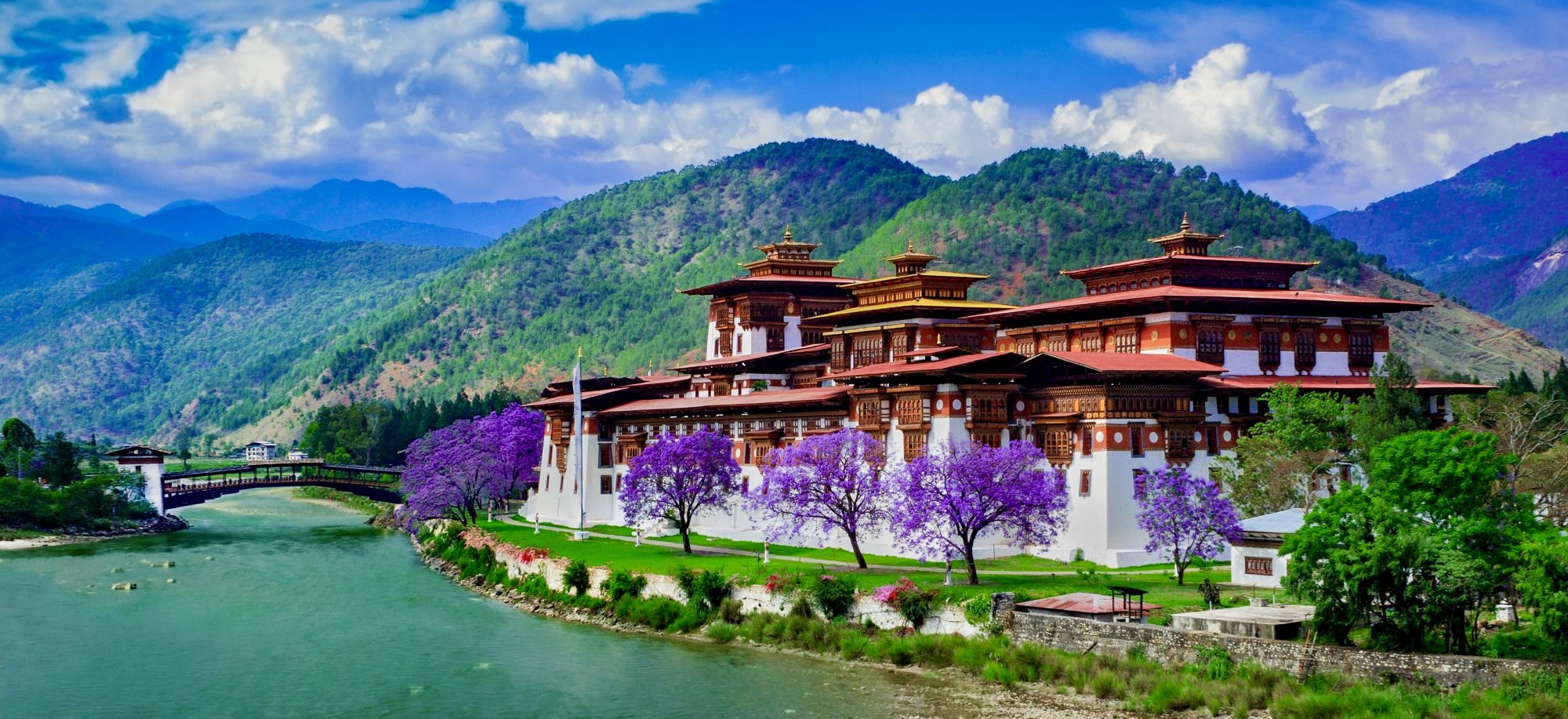
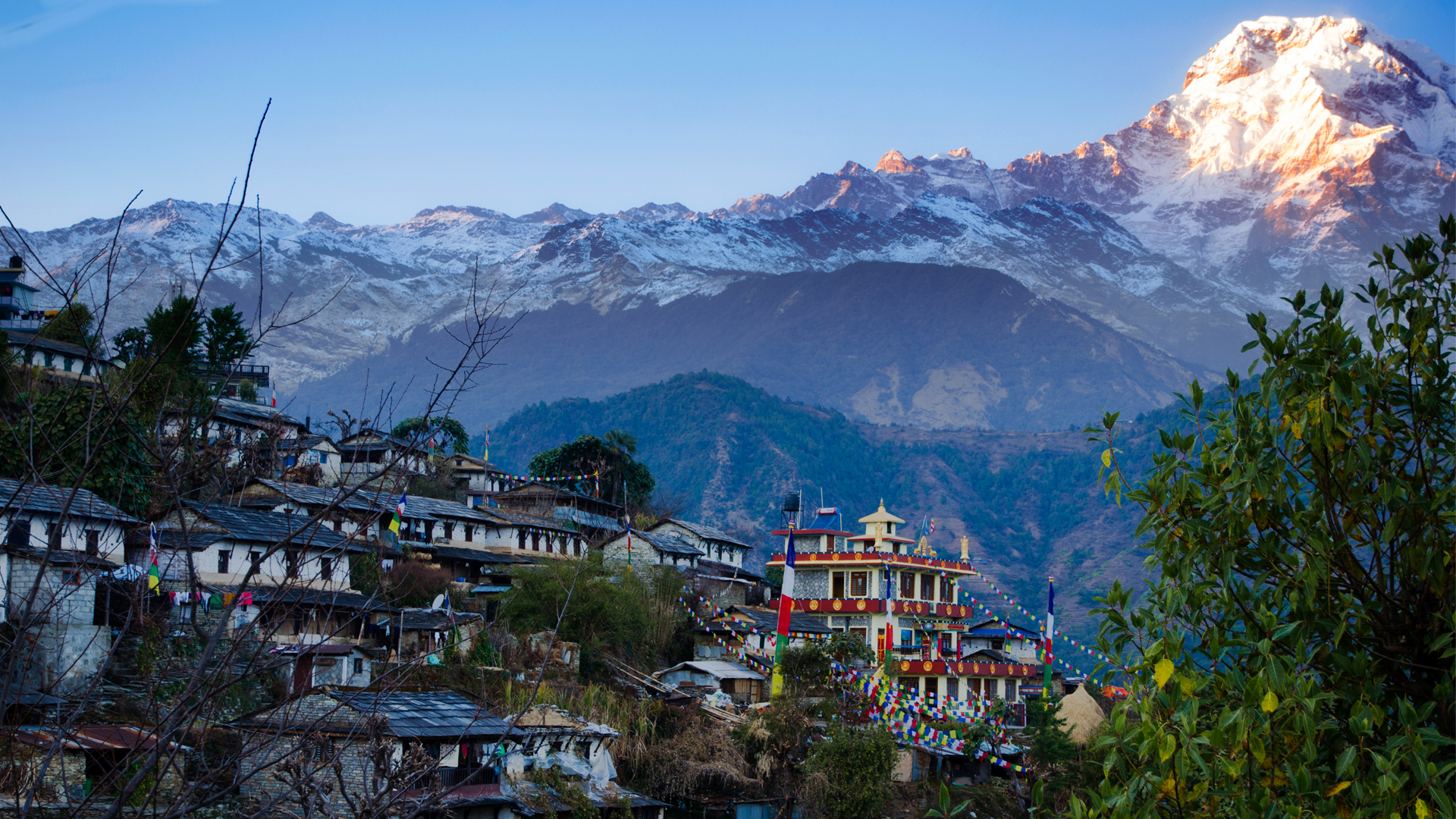
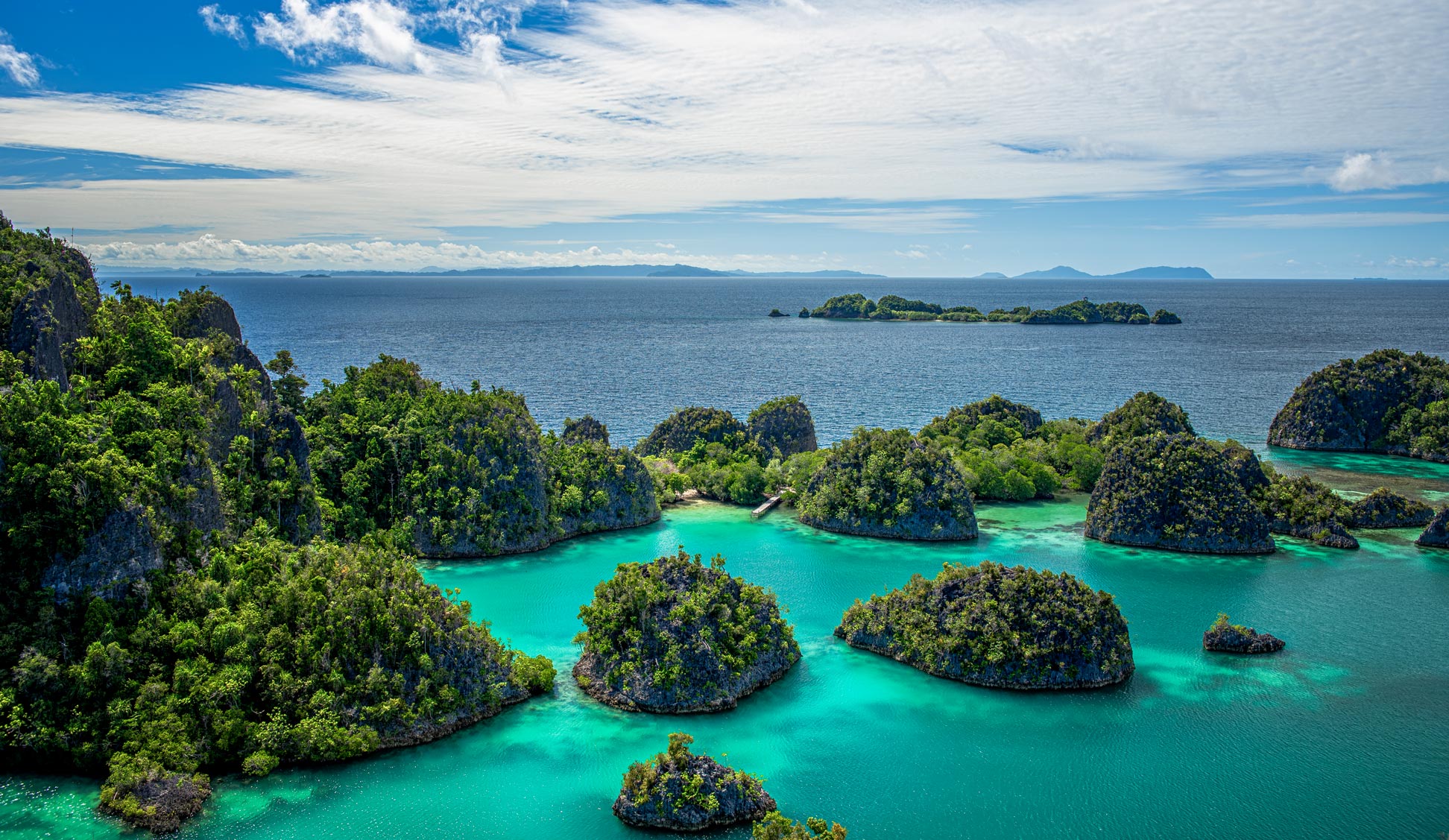

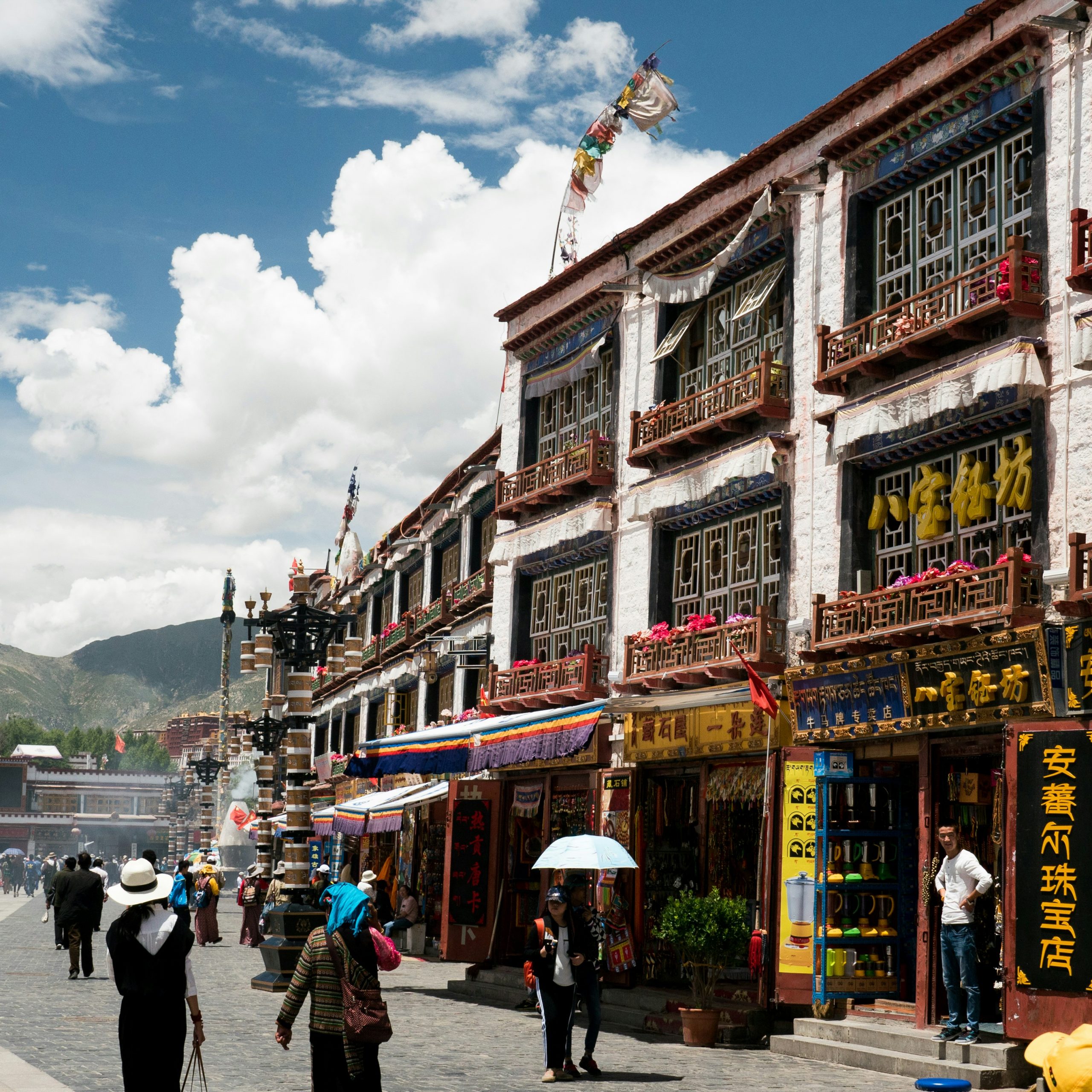



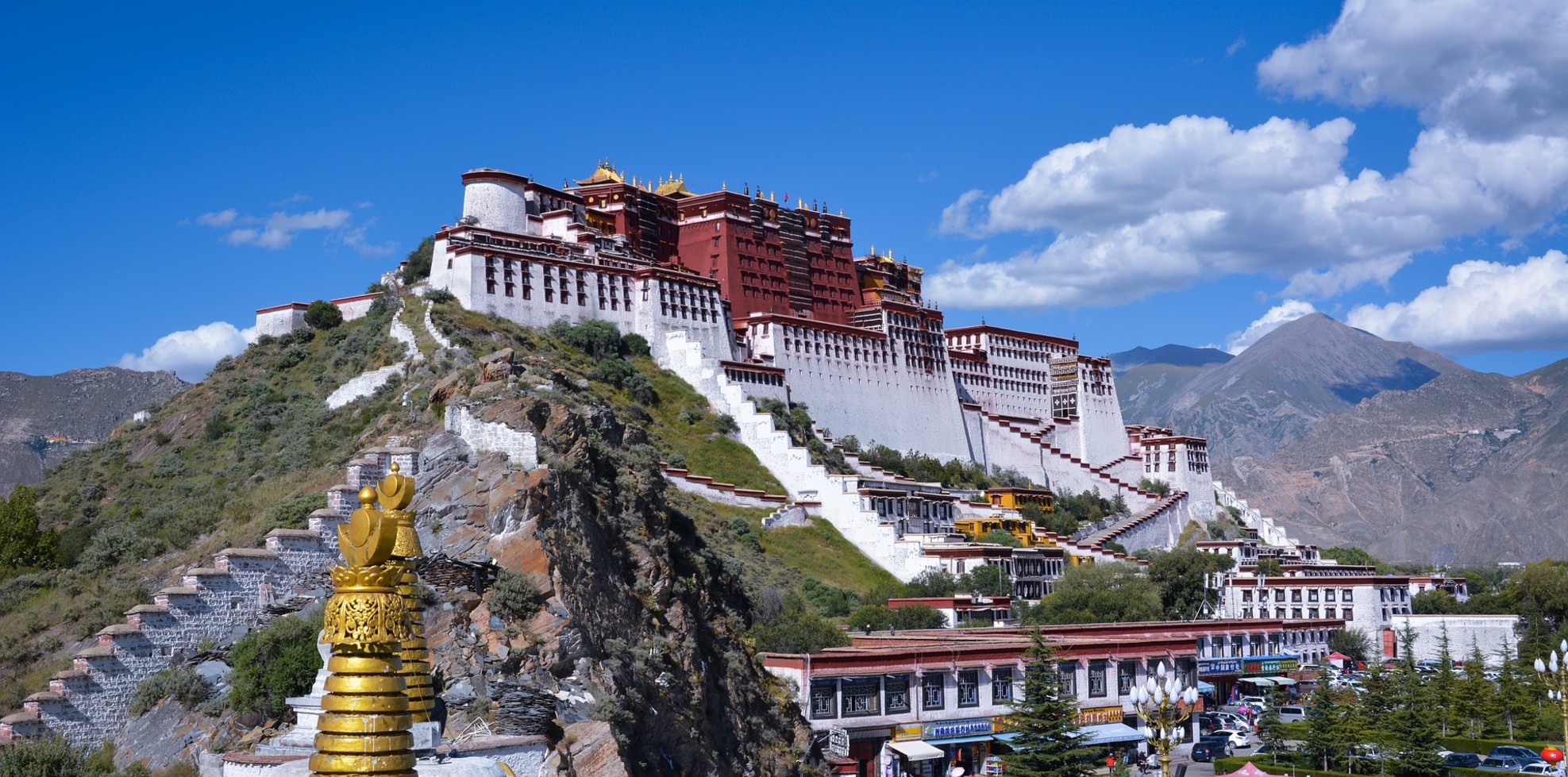
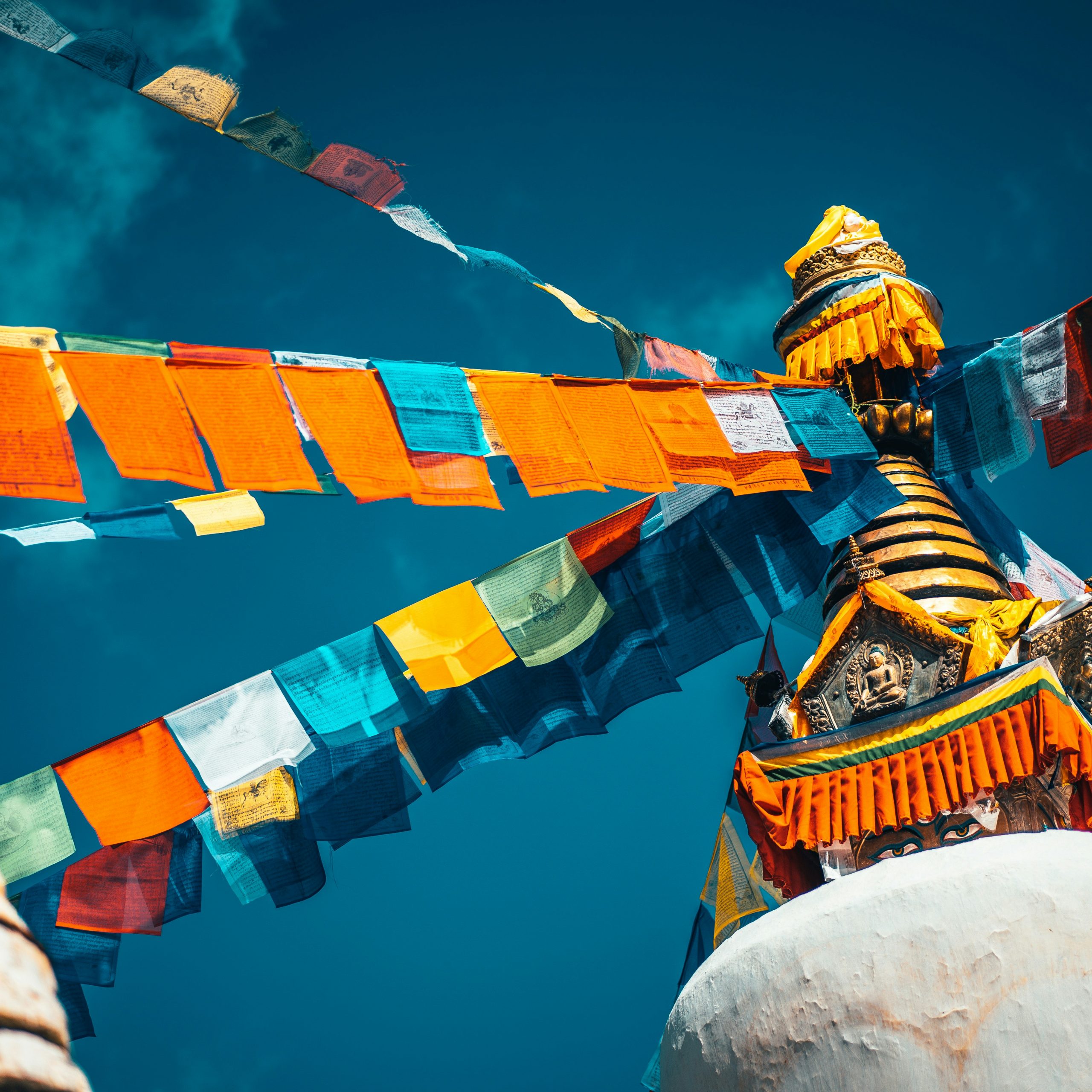


Comment 01
smorter giremal,
11 November, 2024I truly appreciate this post. I?¦ve been looking everywhere for this! Thank goodness I found it on Bing. You’ve made my day! Thank you again